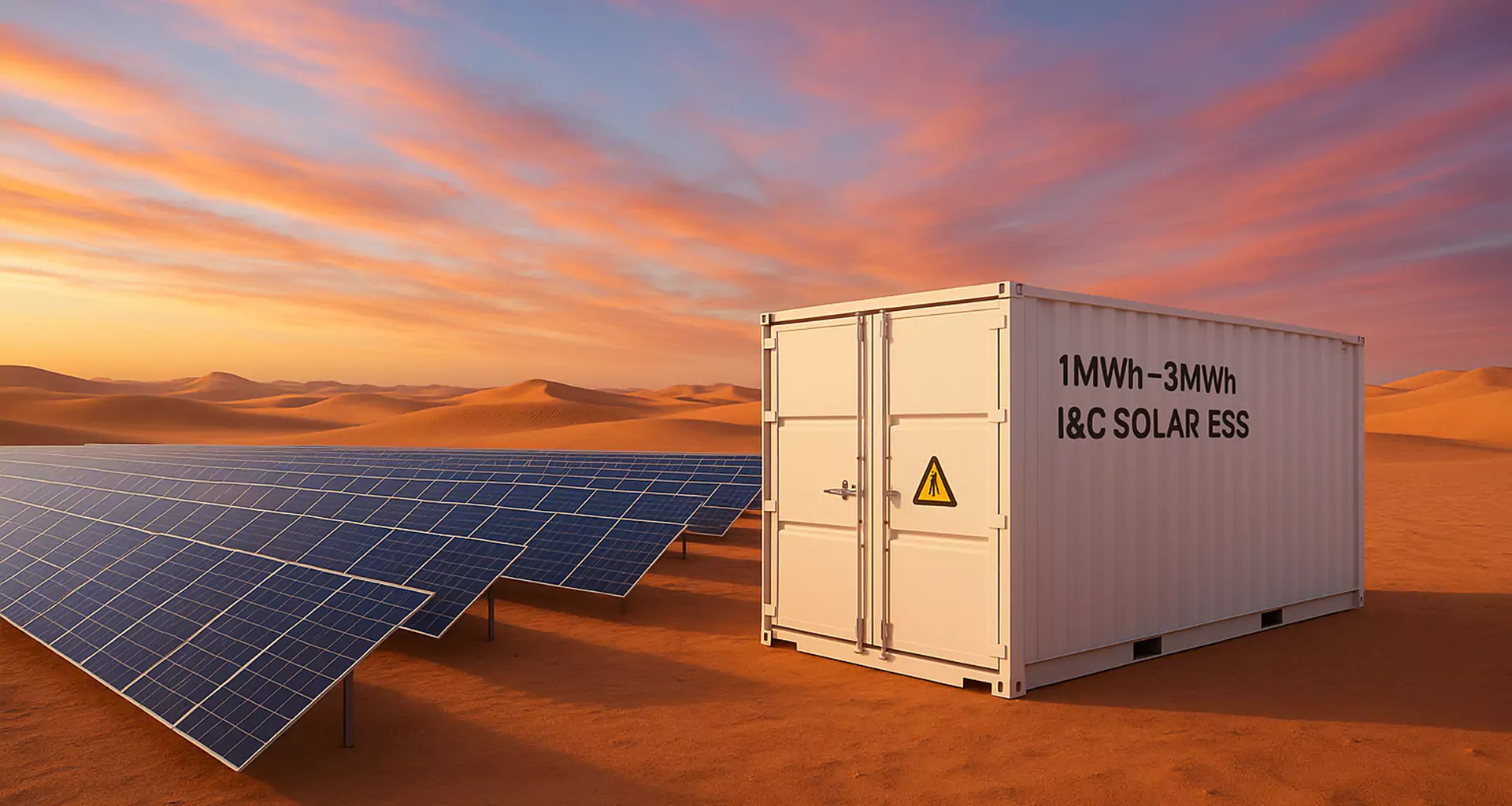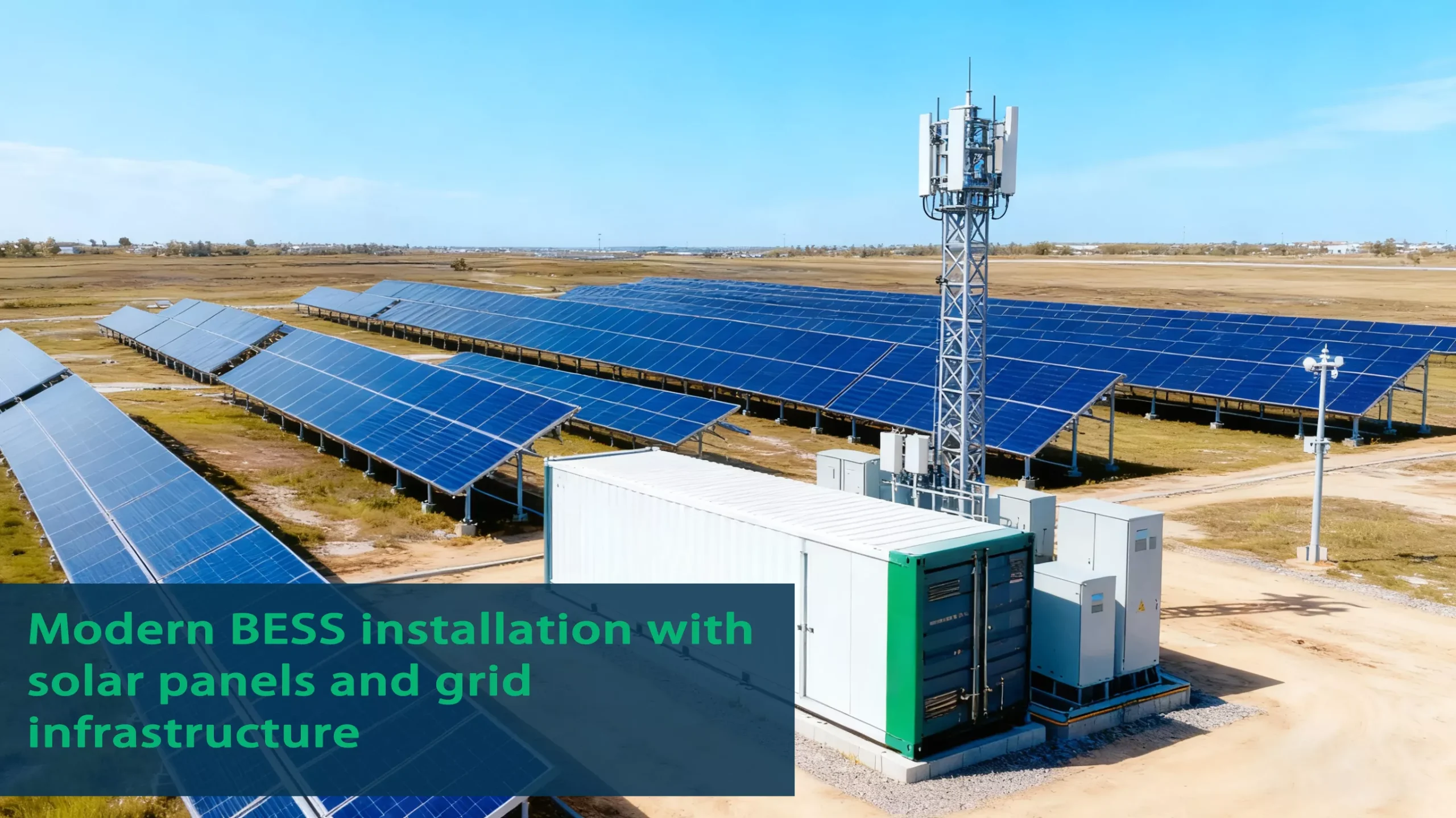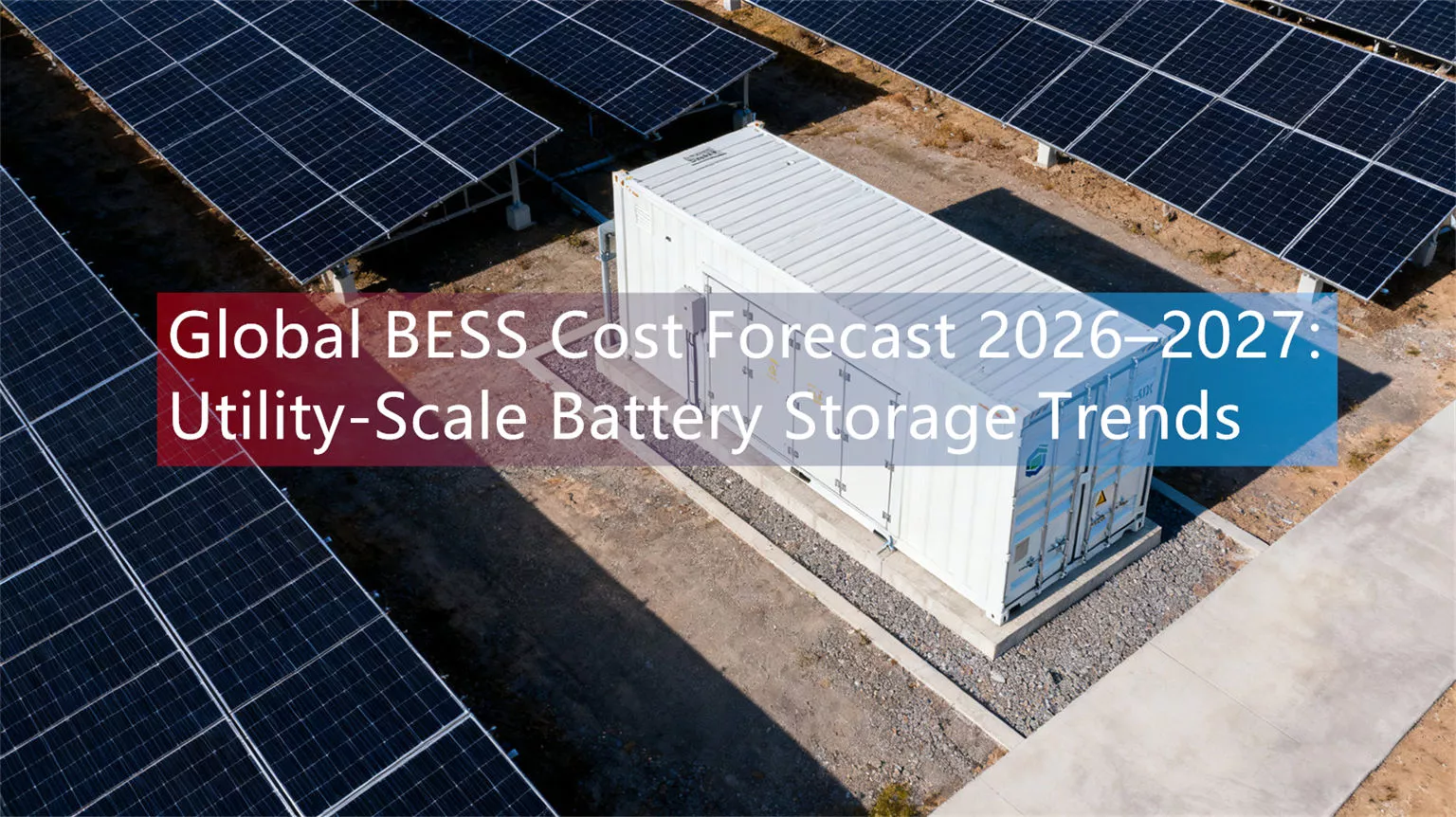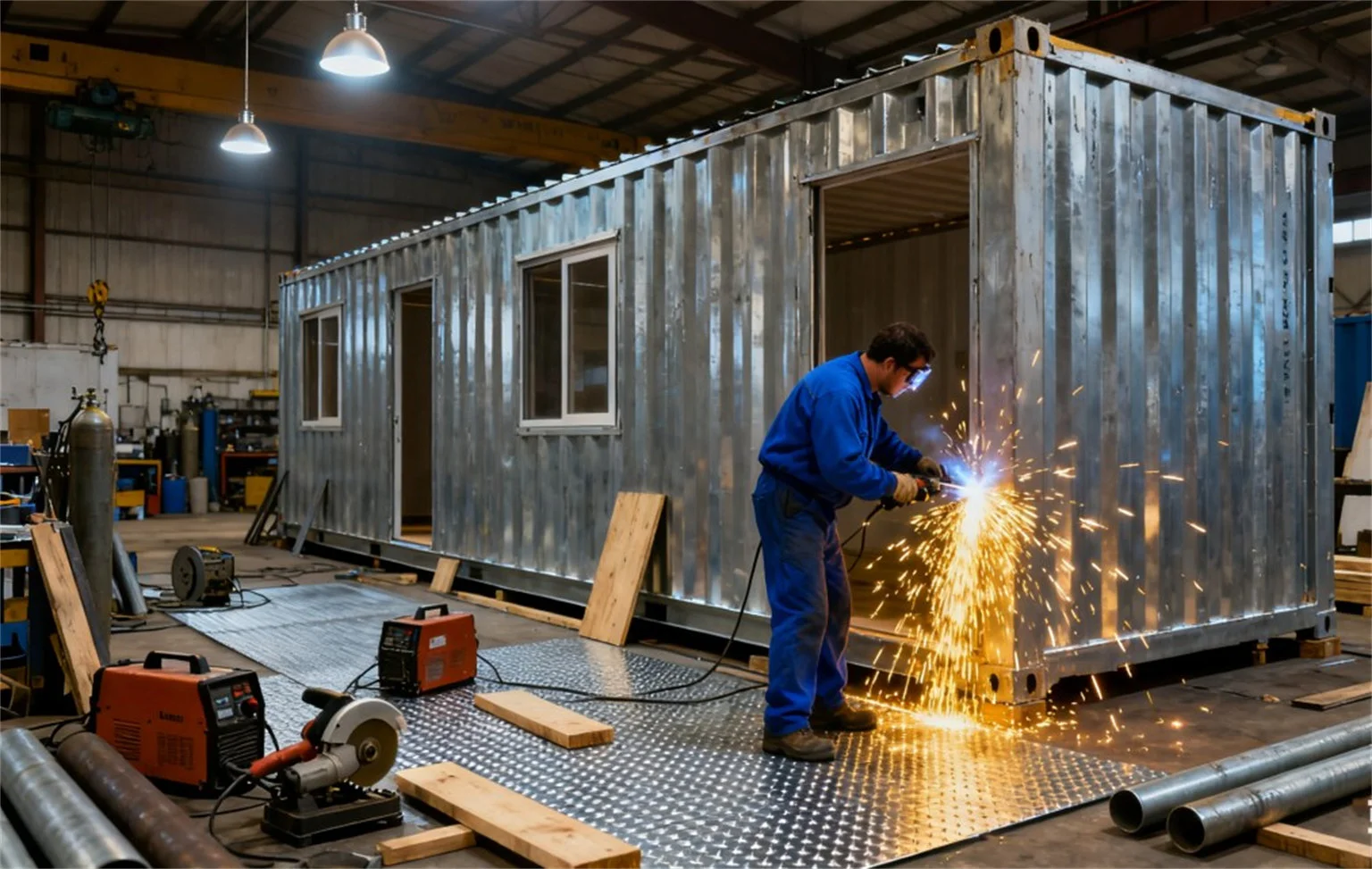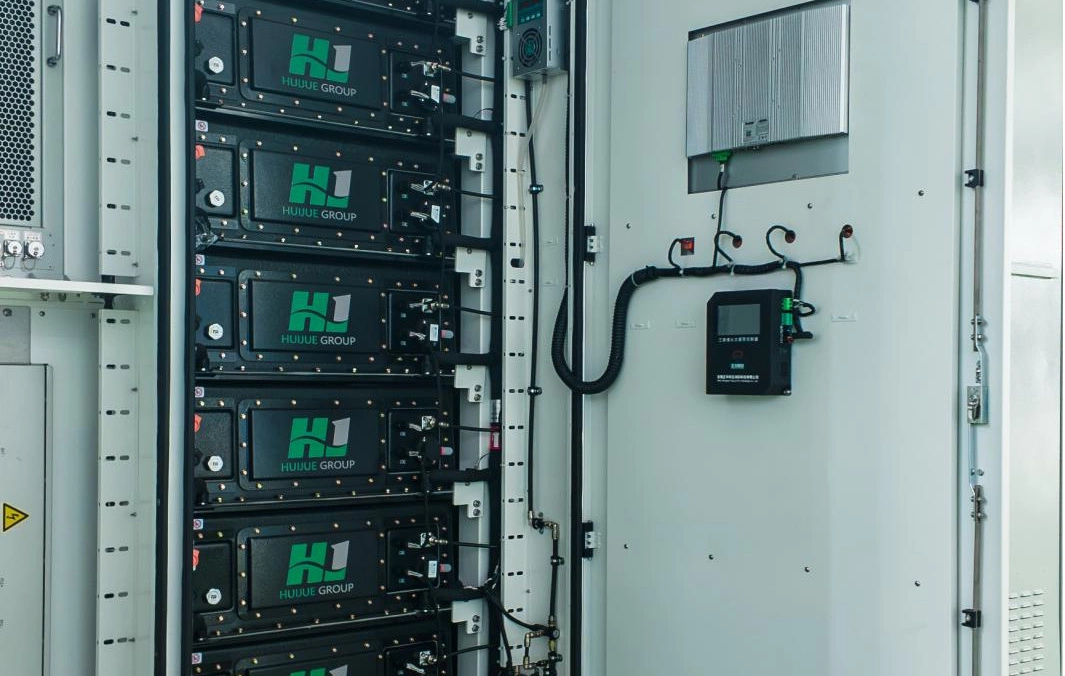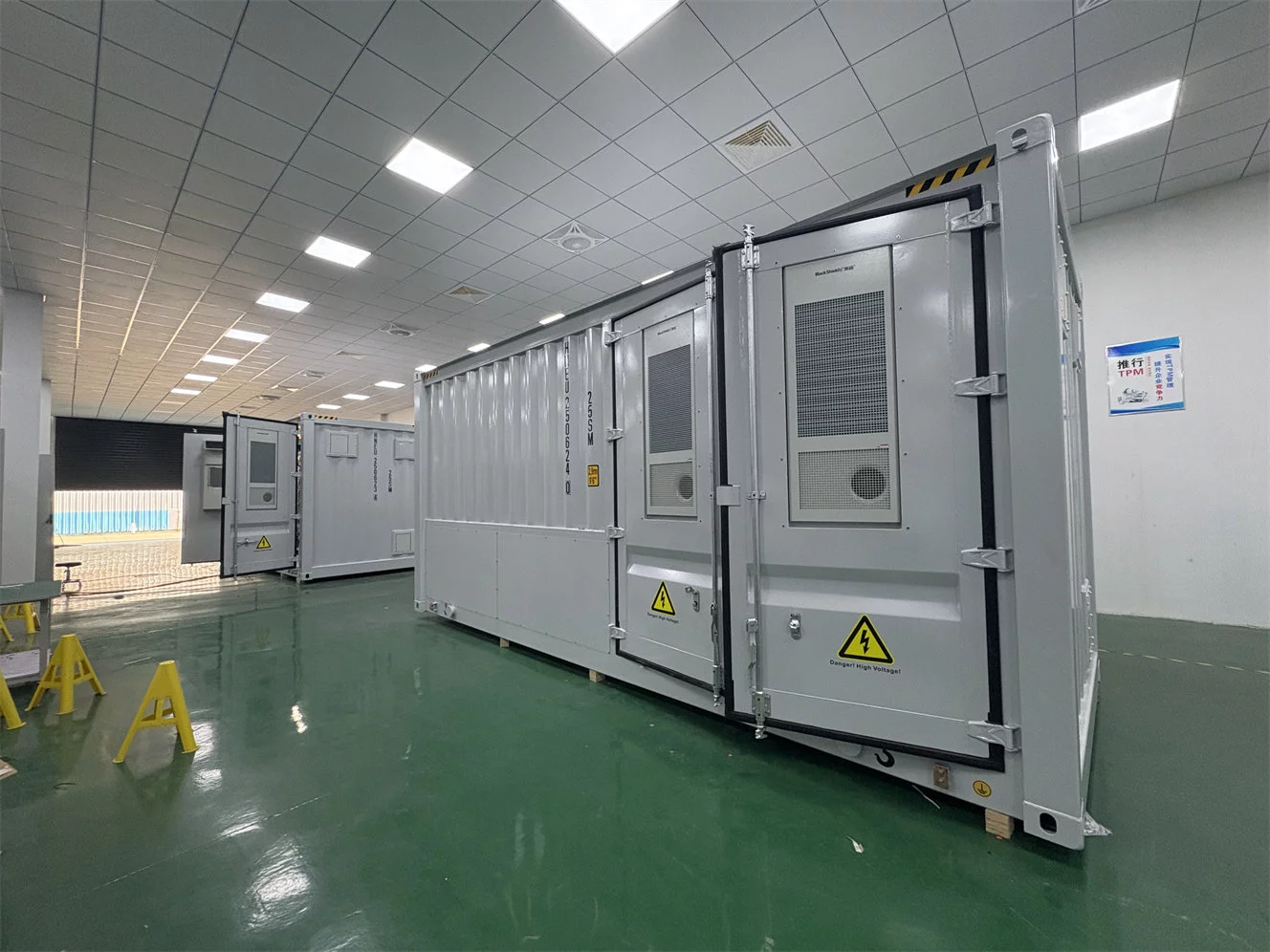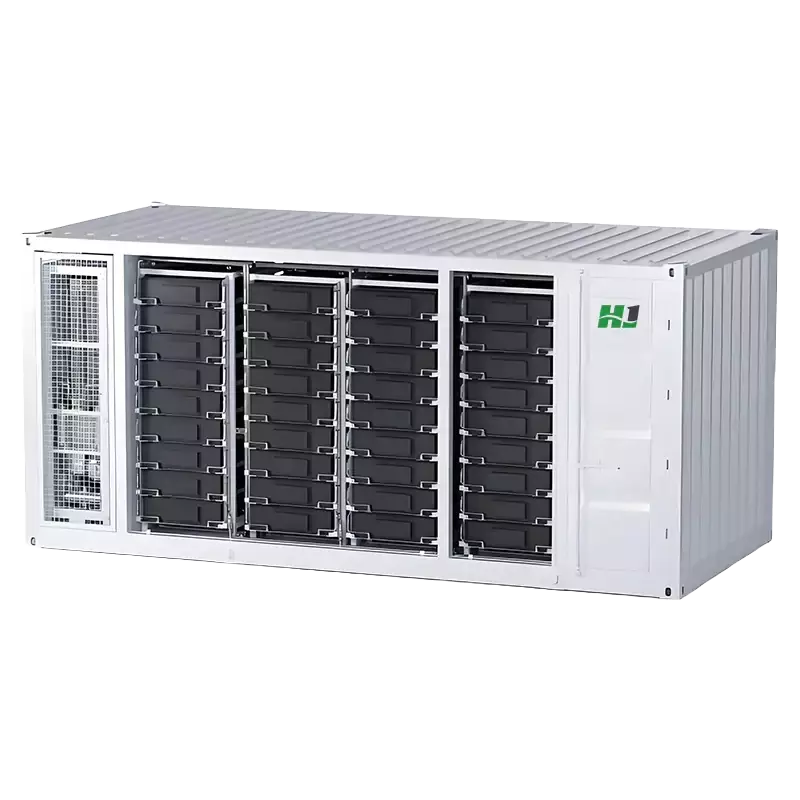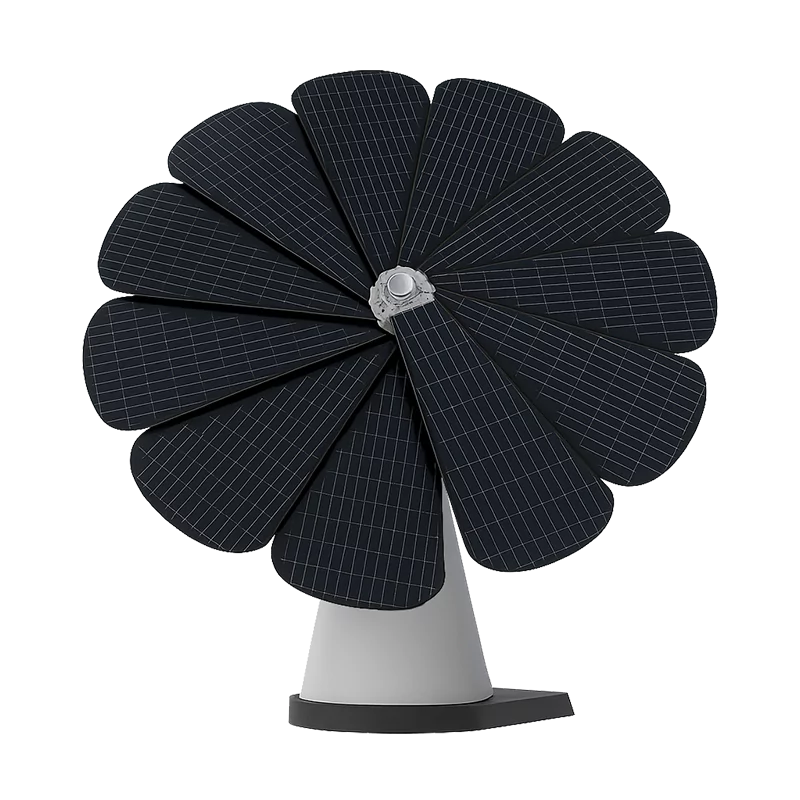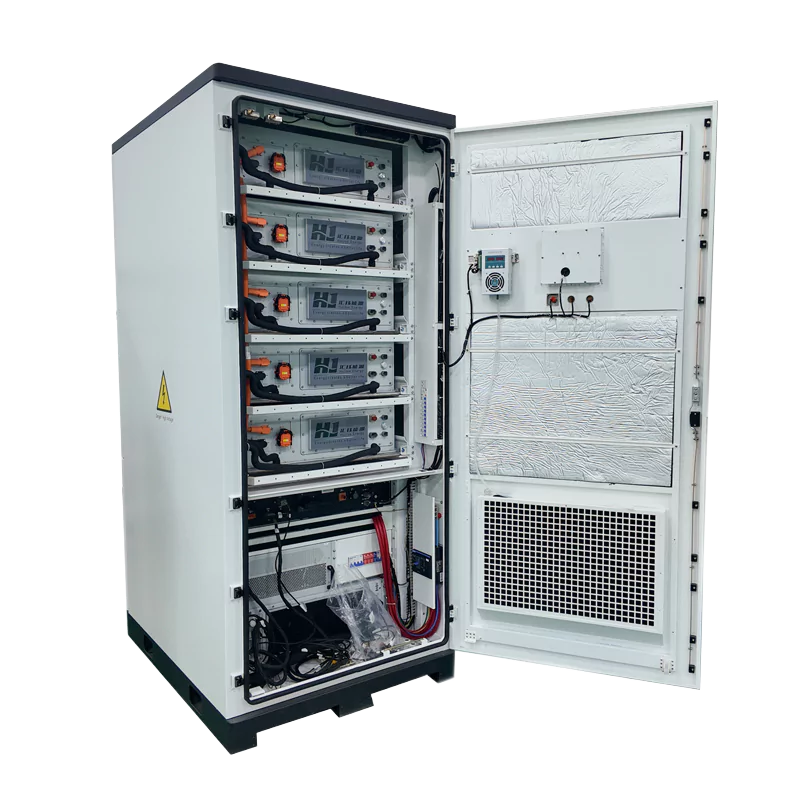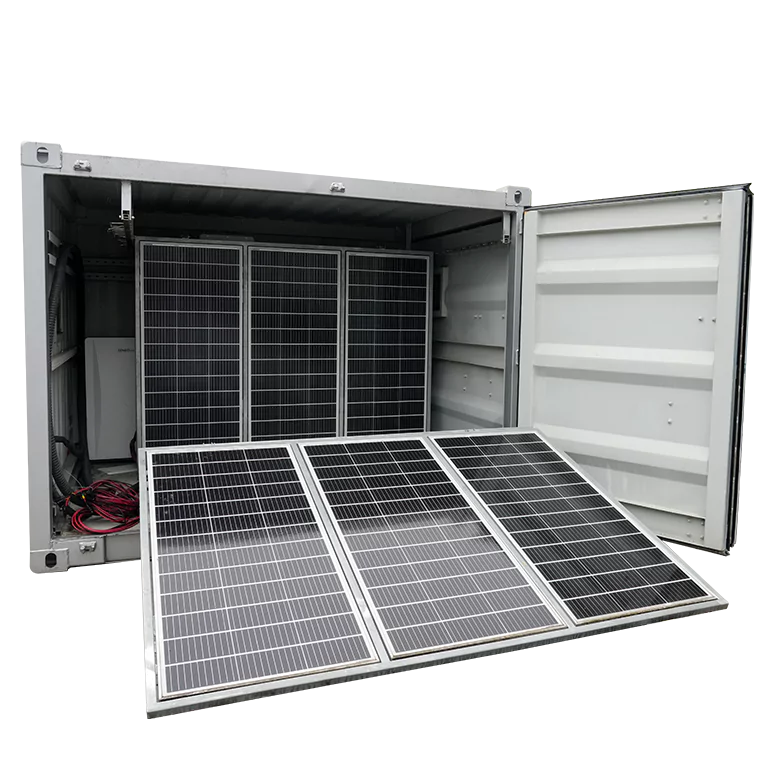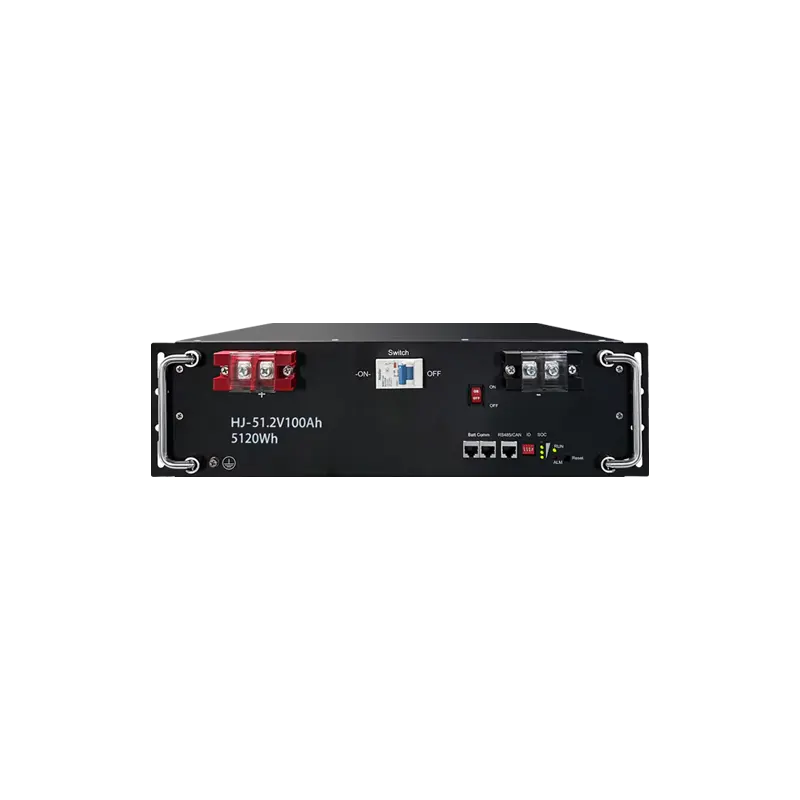Kenyan Community PV and Water Purification for SDG7
In Kenya’s peri-urban and rural areas, the double whammy of energy poverty and unsafe drinking water persists to affect millions.
As the local communities strive to better their lives under the United Nations Sustainable Development Goal 7 (SDG7), which focuses on universal access to affordable, reliable, sustainable, and modern energy, site energy solutions integrating solar photovoltaic (PV) systems and water treatment technology are emerging as powerful drivers of local economic development and resilience.
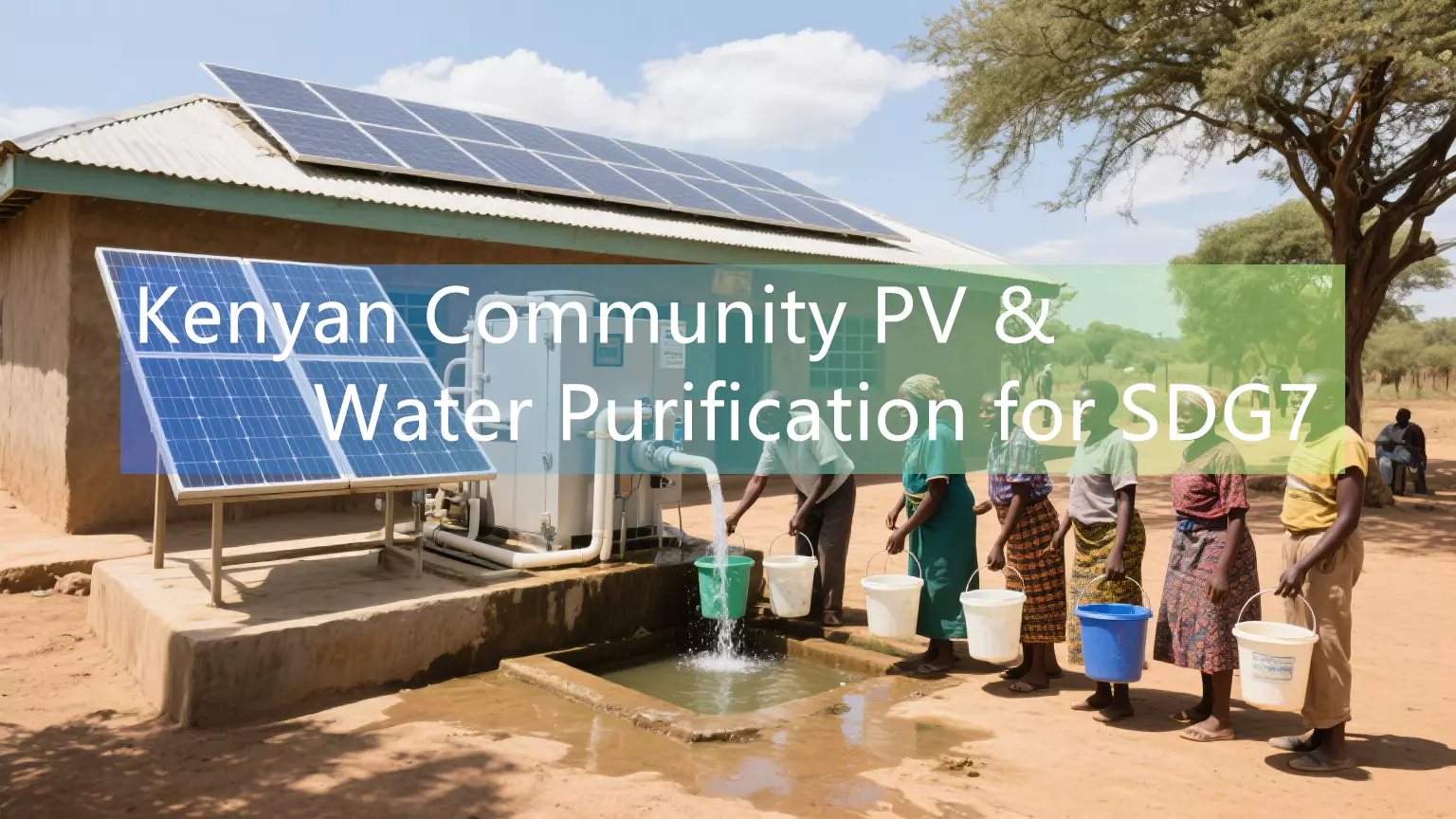
The Kenyan Context: Where Water Meets Energy
Kenya has made impressive strides in the use of renewable energy, with over 90% of grid electricity coming from clean sources like geothermal, hydro, wind, and solar. However, off-grid locations still suffer from gaps in access, especially where it is economically unviable to expand the centralized grid.
For the majority of rural societies, “site energy” (also known as locally titled community energy hubs or decentralized systems) is still the most viable option. It is characterized as individual solar microgrids that power vital services ranging from lighting and education to water filtration. In this setup, solar energy not only provides lighting for homes but powers filtration units as well, bringing clean access to water in regions previously reliant on open sources.
How Solar + Purification Systems Work Together
Imagine a village hall in Kisumu or Machakos: Solar panels charge batteries during the day. At night, those batteries power a UV or membrane-purifying water filter, turning brackish or microbially contaminated water into clean drinking water. An efficient, simple system reduces school days lost to waterborne diseases, frees women to work in agriculture or business, and charges batteries to supply village health clinics for refrigeration and treatment.
HighJoule Technical Solutions for Kenyan Site Energy Projects
Although HighJoule has not been directly engaged with current UN SDG7 projects in Kenya, we offer technologies tailored expressly for
this sort of decentralized, dual-utility application. Key among the most significant solutions are:
-
HJ-CommunityPower Integrated PV Cabinet:
This robust all-in-one PV cabinet integrates solar energy collection, lithium battery storage, and smart power distribution, making it a practical fit for off-grid village-level installations. It’s optimized to support essential loads such as LED lighting, water purification pumps, and low-voltage UV filtration units—ideal for sustainable community energy and water projects. -
100kWh Outdoor Integrated BESS (HJ-G20-100F/HJ-G50-100F):
Ideal for villages with load swings in terms of load demands, this rugged battery energy storage system ensures consistent purification operation even during cloudy or low-light periods. -
HJ-MicroGrid Systems:
For large applications such as decentralized purification centers along polluted water streams such as the Nairobi River, the HJ-MicroGrid provides scalable off-grid energy for decentralized treatment facilities.
Water Treatment Technology Appropriate for Kenya’s Rural Setting
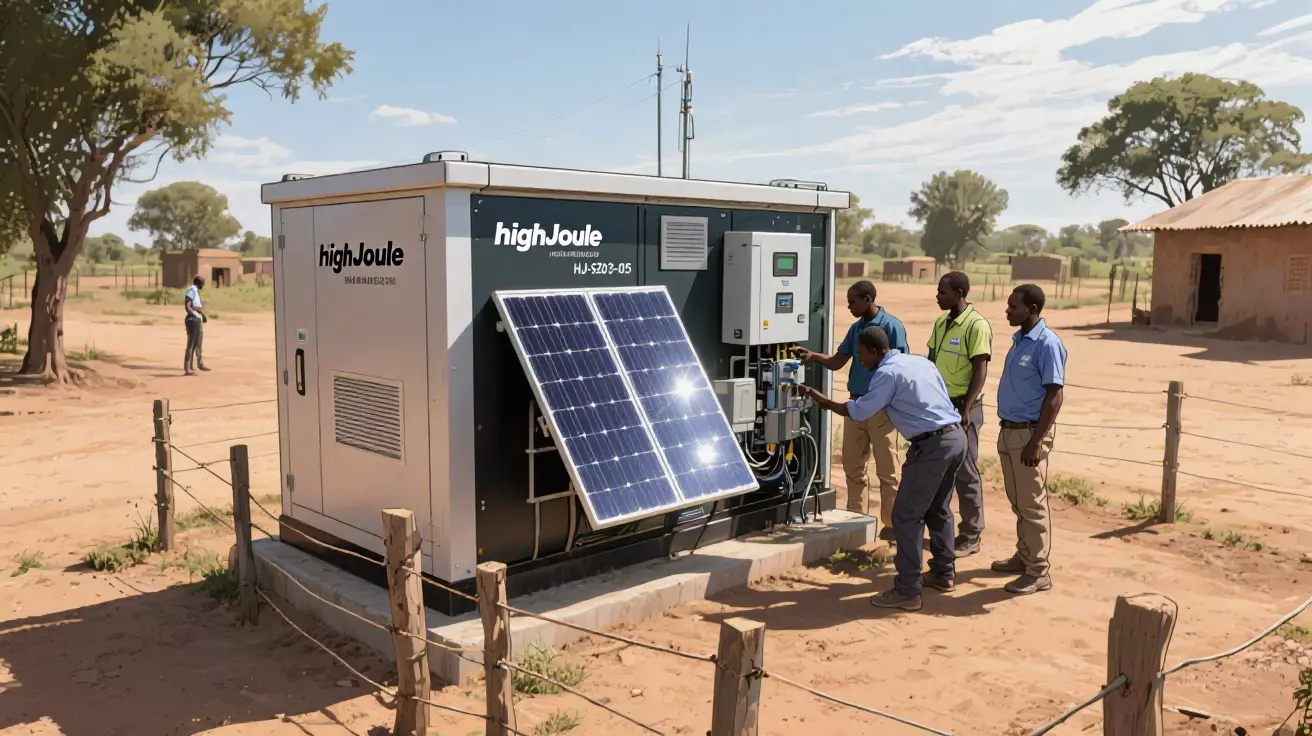
Treatment plants ought to be able to work in harmony with the local water composition and energy availability. Some of the good ones already tested or at pilot stages include:
- Lamella Plate Clarifiers for turbidity removal
- Cavitation Air Flotation (CAF) for oil or algae removal
- Membrane Bioreactors (MBR) where there is potential for reuse of greywater
- Fluoride and arsenic filters, necessary in Rift Valley regions
They are made sustainable in use when powered by solar PV—no diesel fuel, no maintenance, and no emissions.
Real-World Impact: Beyond Technology
Pilot schemes in sites like Kisumu have proven measurable impacts:
- Waterborne disease incidence reduced by as much as 40%
- Enrollment in school improved due to healthier children
- Each day’s water-fetching work freed women’s time
- Micro-enterprises (e.g., cold drinks, water sales) started using the same solar system
Besides, there is empowerment at the community level since individuals are trained to install and operate systems, fostering long-term ownership and sustainable development.
Challenges and Opportunities for Scaling PV + Water Projects
As much as the benefits cannot be overlooked, scaling entails overcoming a few important challenges:
- Upfront expenses: Mitigable through cooperatives, pay-as-you-go structures, or NGO-public-private partnerships.
- Skills deficit: Mitigable through vocational training partnerships like with the Kenya Water Institute (KEWI).
- Energy-water sector coordination: Decentralized energy and water intervention must be coordinated by policymakers to ensure effective rollout.
Toward a Brighter, Cleaner Future
Kenya’s path to universal access by 2030 is dependent on smart, synergistic solutions like PV-powered water purification. Such systems facilitate both SDG7 (energy) and SDG6 (clean water and sanitation)—multiplying benefits in health, gender equality, and climate resilience.
At HighJoule, we pride ourselves on delivering field-tested, scalable site energy solutions to Africa’s off-grid reality. While we have not participated in continued UN SDG7 programs in Kenya, our solutions are implementable in similar contexts.
Interested in learning more about solar-powered community infrastructure?
Contact us to learn more about HighJoule’s energy-water solutions for off-grid African development.
Find Your Solar + Battery Storage Specialist Now!
* Fill out this form and our experts will help you find the perfect solar storage solution for your home or business.


